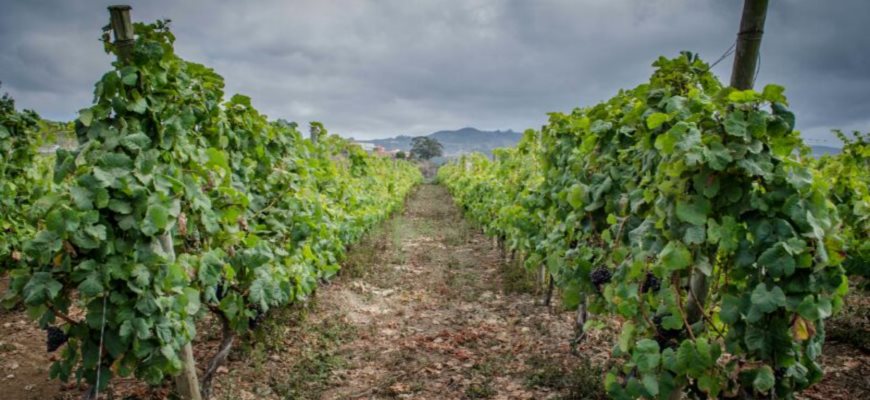
History - Origin
The implantation of the cultivation of the grape growing in the Canary Islands takes place immediately after they were conquered by Kingdom of Castilla in the late fifteenth century.. In a short period of time is passes from nothing to export wine, in 1520, to the Indies, Portugal, Flanders or England being nominates as "Canary" or " Canary sack ". The word "sack" comes from the Castilian term "saca" which refers to the removal of a wine hearth for bottling later. Numerous historical references confirm the fame and importance of these wines at the time.
The vineyards
In the year 1860 took place in Europe the introduction of an insect (plant louse), proceeding from America, which will be a reason of devastation in the European grapevines: the phylloxera. This insect attacks the roots of the plant provoking his death. To avoid this hurt the plants are grafted on American vine-stocks resistant to phylloxera attack because they are not vitis viníferas, with the consistent alterations of aroma and flavor.
For certain reasons still unknown, this devastating insect does not take the Canaries as desirable destination, so here the well-known graft on American rootstock does not become necessary.
This fact provokes that the varieties that are cultivated in the Islands remain intact characteristics, becoming authentic relics of the past that, adapted to our volcanic soils produce characteristic and distinct wines: unique wines.


